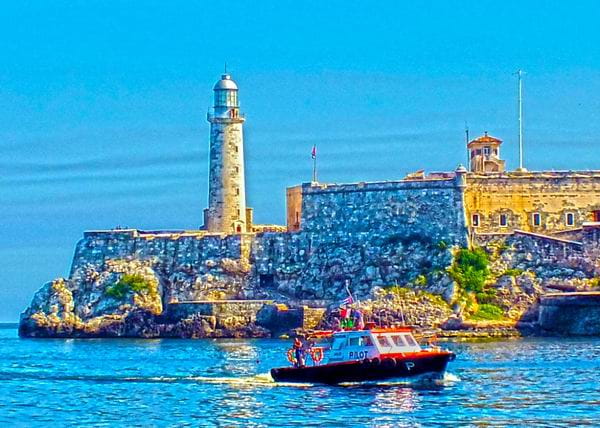
Havana anniversaries. January 25th.
1924. On the initiative of the then mayor of the town of Regla, in Havana, Antonio Bosch Martínez, an olive tree was planted in memory of the "Great Citizen of the World" Vladimir Ilich Lenin.
This hill was the first monument to Lenin outside Russia. The aforementioned elevation, known until then as Fortin Hill, would later be called Lenin Hill. This took place there while the rest of the population observed two minutes of silence and the factories, transportation and commerce were allied to such a significant event.
In his words, Bosch exhorted the workers to study the work of the leader of the Great October Socialist Revolution, for what it meant and would mean for the future and considered Lenin as one of the most important men in the history of mankind.
Later, already in the revolutionary period, the present monument, which is the municipal symbol, was sculpted.
1941. Laura Martínez Carvajal dies in Havana.
Born on August 27, 1869, also in the Cuban capital, she was the first born of a wealthy Spanish family that had access to the most select circles of Cuban society. She was very precocious since she was a child, since at the age of four she learned to read and write correctly and at the age of 10 she began her studies in high school.
Later she simultaneously studied Physics and Mathematics, which she completed in 1888, and later Medicine and Surgery.
She was the first Cuban woman to obtain a medical degree and even the first to practice the specialty of ophthalmology in Cuba.
Together with her husband, the young Dr. Lino Enrique López Veitía, she attended numerous medical congresses and also collaborated in a large number of publications.
2004. Raquel Revuelta dies in Havana.
In 1936 she began her artistic career in the Corte Suprema del Arte and La Escala de la Fama and 4 years later she was part of the Eugenia Zuffoli Company. When he was only 16 years old, he founded the Teatro Popular and also began his work in the radio station Mil Diez and joined the Cultural Society Nuestro Tiempo.
Her triumphant entry into television led her to acquire great fame and recognition, becoming the leading figure of the medium and playing leading roles in two weekly fixed programs.
In 1953 she made her debut on the big screen and increased her artistic training. Also during that decade, together with her brother Vicente and other artists, she participated in the creation of the Grupo de Teatro Estudio, in which she later served as general director for several decades until her death.
Almost all the actors who were in turn her students praised her classes for the accuracy of her methods, the knowledge of the resources, the importance she gave to the well said and all this showed that she was not only skilled in creating a character capable of convincing the viewer, but also to help others to achieve it.